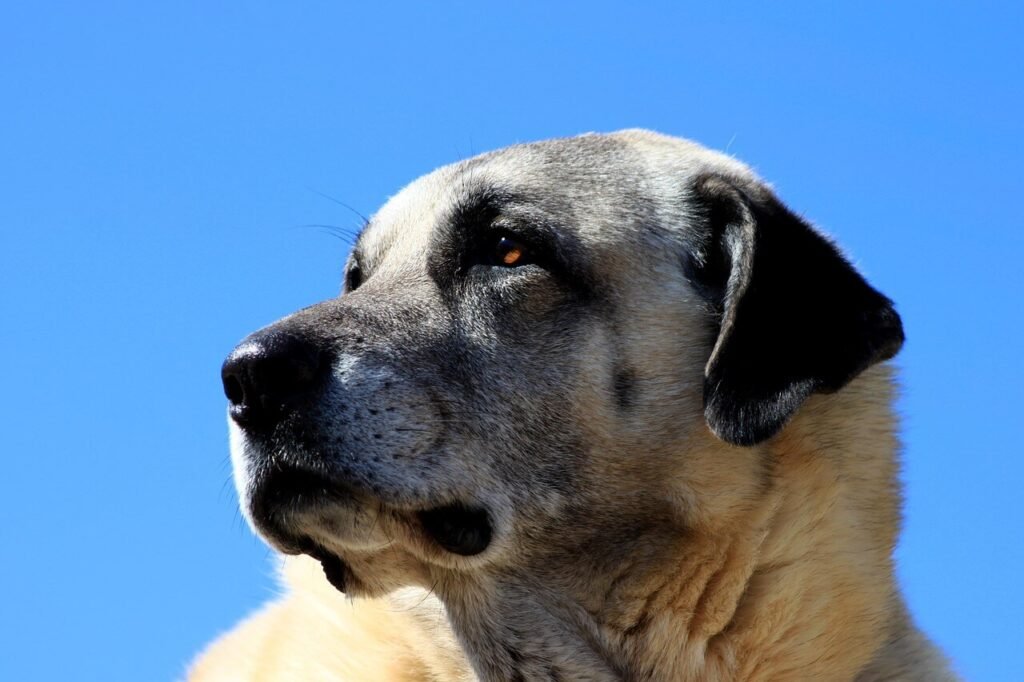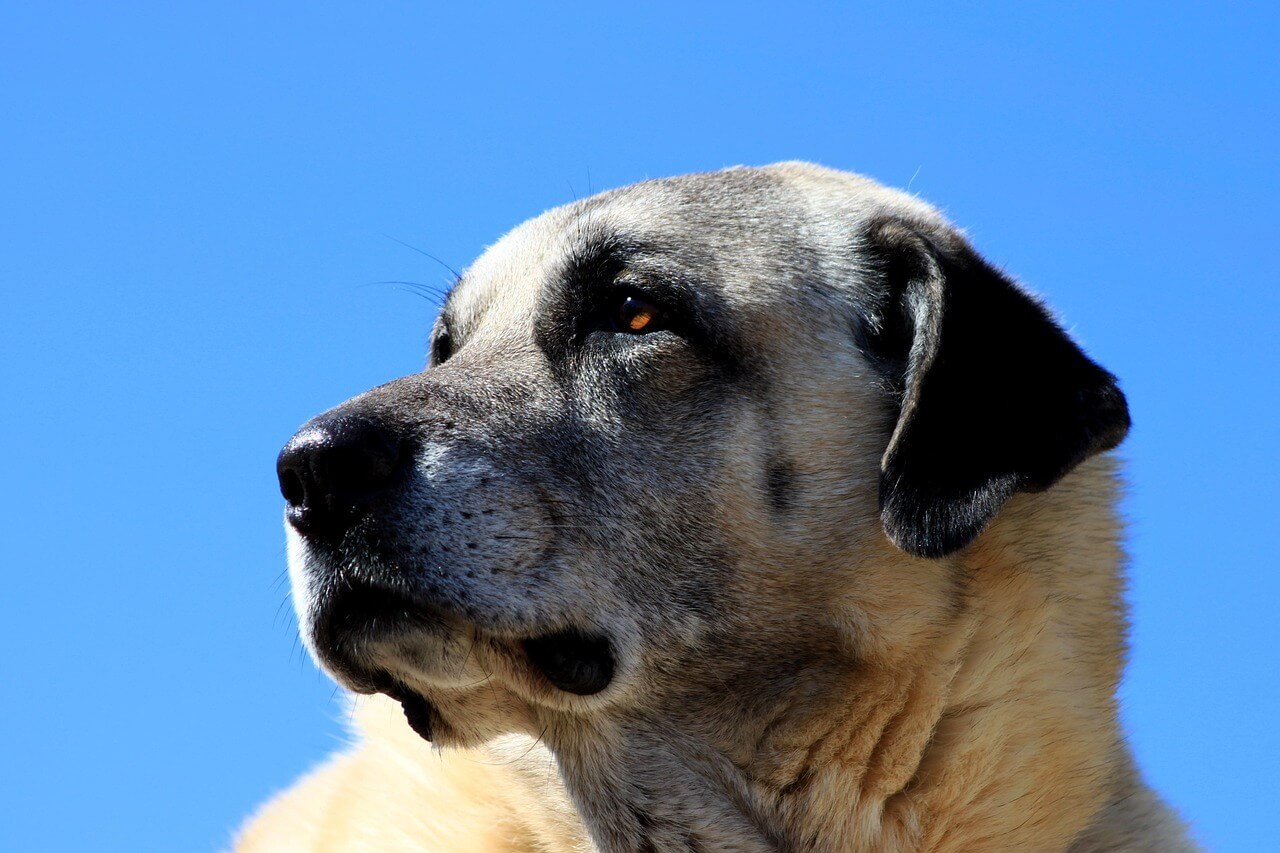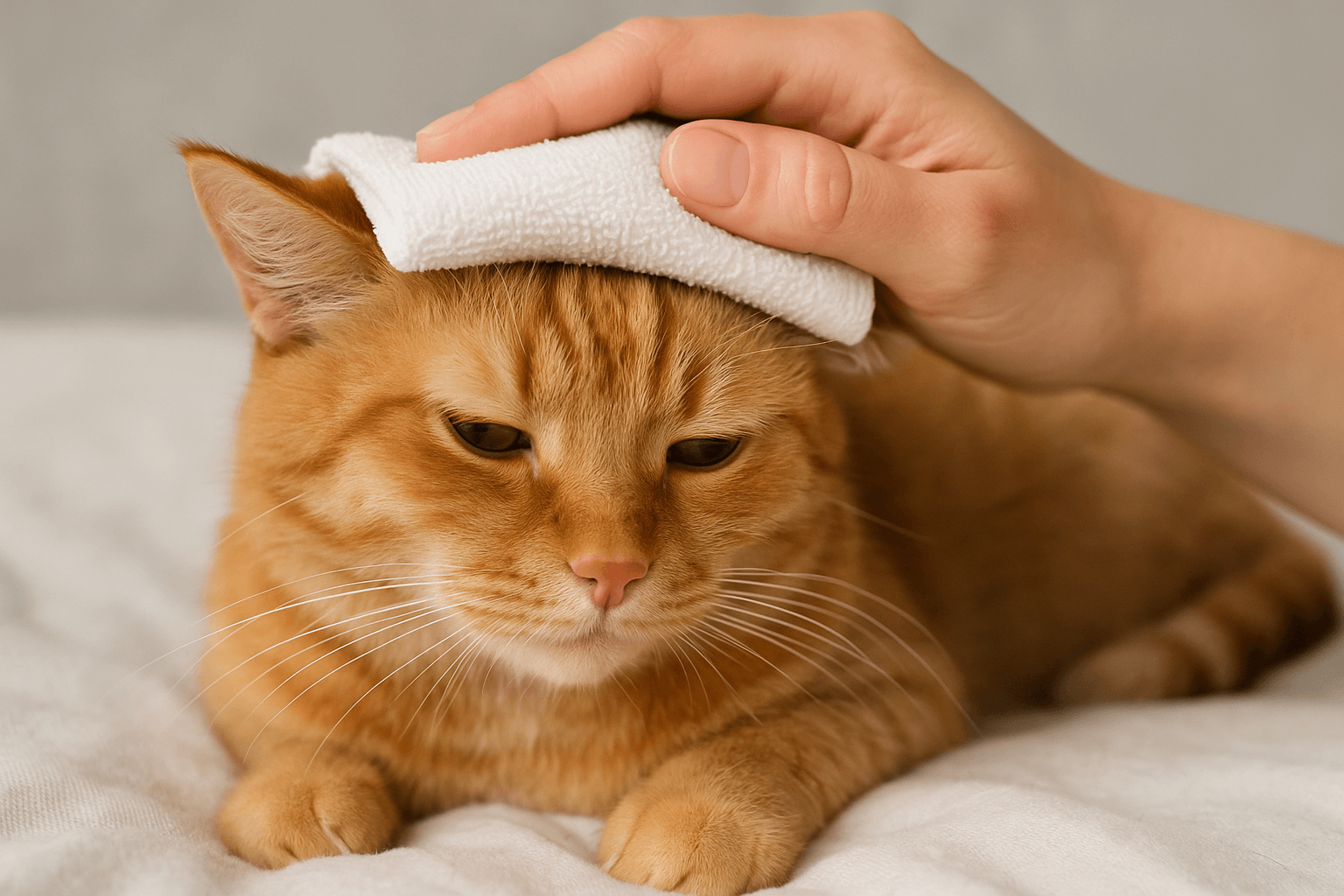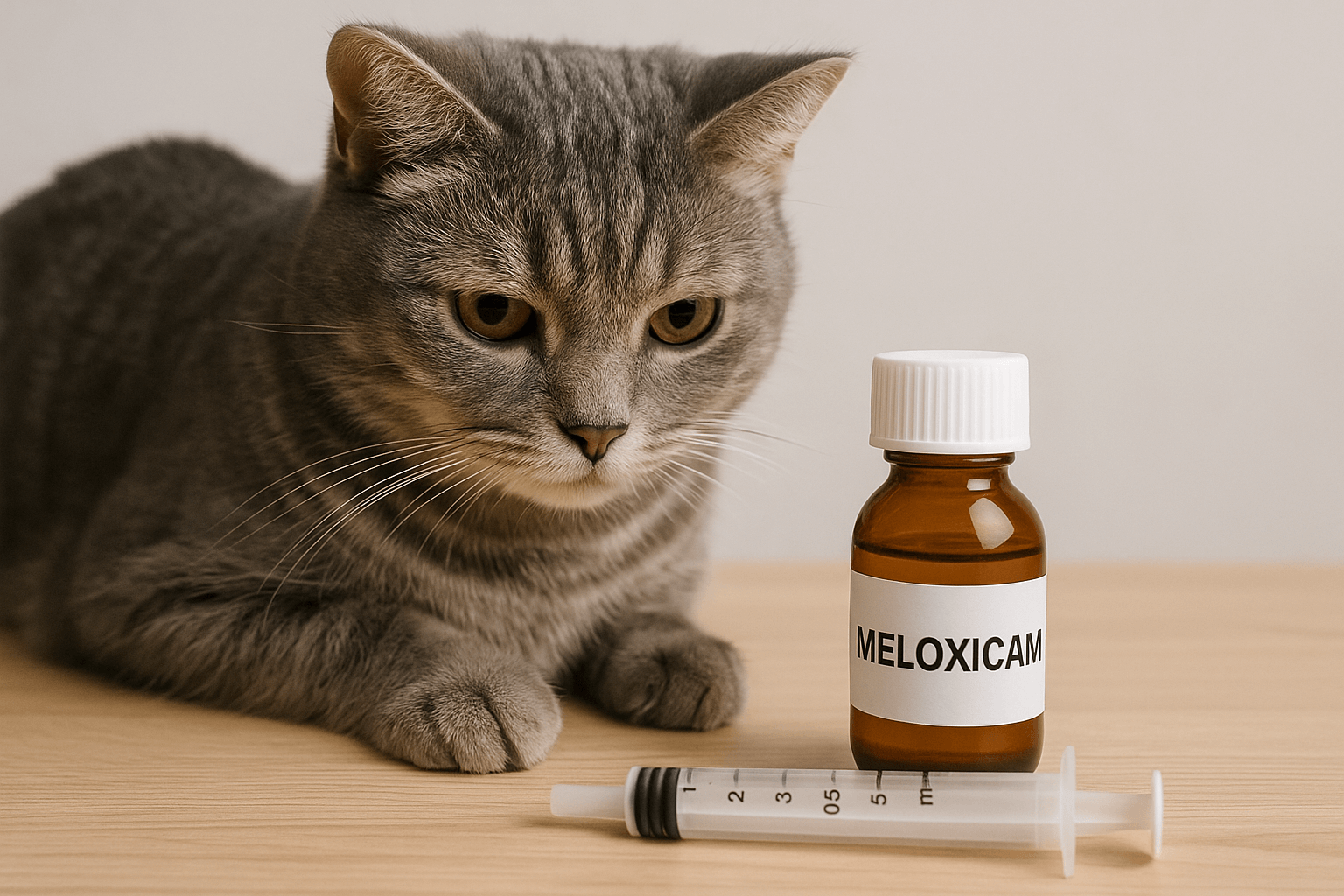The Power Behind the Kangal Dog Bite Force
When it comes to powerful and loyal guard dogs, the Kangal dog stands out as a true marvel of nature. Originating from Turkey, this majestic breed is not only known for its impressive size and protective instincts but also for its remarkable bite force. The Kangal dog’s bite force has become a topic of fascination among dog enthusiasts, breeders, and researchers alike.
With a jaw strength that rivals even some of the most formidable predators in the animal kingdom, the Kangal dog bite force is a testament to the breed’s role as a guardian and protector. In this blog post, we’ll delve into what makes the Kangal dog’s bite force so extraordinary and explore its significance in both historical and modern contexts.
What Makes the Kangal Dog Bite Force So Powerful?
The Kangal dog’s bite force is often cited as one of the strongest among domesticated dog breeds. But what exactly contributes to this incredible power? Here are some key factors:
Strong Jaw Muscles :
The Kangal dog possesses exceptionally well-developed jaw muscles, which are crucial for generating immense pressure during a bite.Large Skull Structure :
Their broad and sturdy skull provides a solid foundation for their powerful jaws, enhancing their biting capability.Evolutionary Adaptation :
As a livestock guardian breed, Kangals have evolved over centuries to protect flocks from predators like wolves and bears, necessitating a strong bite force.Physical Build :
Kangals are large, muscular dogs with a robust physique, which supports their ability to exert significant force.Instinctual Drive :
Their natural protective instincts amplify their physical capabilities, ensuring they can defend their charges effectively.
In summary, the Kangal dog’s bite force is the result of a combination of physical attributes and evolutionary traits that make them exceptional guardians.
Comparing the Kangal Dog Bite Force to Other Breeds
While the Kangal dog’s bite force is undoubtedly impressive, how does it stack up against other powerful breeds? Let’s take a closer look at some comparisons:
Kangal vs. Rottweiler :
The Kangal dog’s bite force is estimated to be around 743 PSI (pounds per square inch), surpassing the Rottweiler’s average of 328 PSI.Kangal vs. German Shepherd :
German Shepherds, known for their versatility, have a bite force of approximately 238 PSI, significantly lower than the Kangal’s.Kangal vs. Pit Bull :
Pit Bulls are often associated with strong bites, but their average bite force of 235 PSI pales in comparison to the Kangal’s.Kangal vs. Mastiff :
Even the mighty Mastiff, with a bite force of around 556 PSI, falls short of the Kangal’s jaw strength.Kangal vs. Wolf :
Interestingly, the Kangal dog’s bite force exceeds that of a gray wolf, which averages around 400 PSI.
These comparisons highlight the Kangal dog’s dominance in terms of bite force, making it one of the most formidable canine breeds in the world.
Check this guide 👉Central Asian Shepherd Dog Price: Best 7 Essential Tips!
Check this guide 👉Alabai Dog Care: 7 Powerful Tips to Master Like a Pro
Check this guide 👉The Basque Shepherd Dog: Best 7 Expert Tips!

Breed | Average Bite Force (PSI) |
|---|---|
Kangal Dog | 743 |
Rottweiler | 328 |
German Shepherd | 238 |
Pit Bull | 235 |
Mastiff | 556 |
Why the Kangal Dog’s Bite Force Matters
The Kangal dog’s bite force is not just a number; it plays a critical role in the breed’s functionality and purpose. Here’s why it matters:
Protection of Livestock :
The Kangal’s strong bite allows it to deter and combat predators, ensuring the safety of the animals under its care.Guardian Role :
Their bite force reinforces their reputation as reliable protectors, capable of defending property and family members.Historical Significance :
For centuries, Kangals have been bred to guard sheep and cattle, with their bite force being a key trait for survival.Modern Applications :
Today, Kangals are used in various roles, including military and security work, where their bite force is an asset.Symbol of Strength :
The Kangal dog’s bite force symbolizes resilience and power, making it a respected breed worldwide.
In conclusion, the Kangal dog’s bite force is more than just a physical attribute—it’s a defining characteristic that underscores their role as guardians.
Training and Managing a Kangal Dog’s Bite Force
While the Kangal dog’s bite force is a remarkable trait, it also requires careful management and training. Here are some tips for handling this powerful breed:
Early Socialization :
Introducing Kangals to various environments and people from a young age helps them develop good behavior and control.Obedience Training :
Teaching commands like “leave it” or “release” ensures they understand when it’s appropriate to use their strength.Positive Reinforcement :
Rewarding good behavior encourages Kangals to follow instructions and remain calm.Supervision Around Strangers :
Due to their protective nature, Kangals should always be supervised when interacting with unfamiliar individuals.Regular Exercise :
Providing ample physical and mental stimulation helps channel their energy constructively.
By implementing these strategies, owners can ensure their Kangal dog remains a well-behaved and balanced companion.
The Role of the Kangal Dog in Rural Communities
The Kangal dog has long been a vital part of rural communities, especially in regions where livestock farming is prevalent. Their presence ensures the safety of animals and property, making them indispensable to farmers and herders. Here’s how they contribute:
Predator Deterrence :
Kangals are highly effective at keeping predators like wolves and coyotes at bay, reducing livestock losses.Cost-Effective Protection :
Unlike hiring security or installing expensive fencing, Kangals provide natural and cost-effective protection for farms.Low Maintenance :
These dogs are known for their adaptability to harsh climates and ability to thrive on minimal resources.Cultural Symbolism :
In Turkey, the Kangal dog is not just a working animal but also a symbol of pride and tradition.Community Trust :
Farmers and villagers trust Kangals implicitly, knowing they will act swiftly to protect their charges.
In conclusion, the Kangal dog plays a multifaceted role in rural settings, offering both practical and cultural value that extends far beyond their bite force.
Health Considerations for Kangal Dogs
While Kangal dogs are robust and resilient, they are not immune to health issues. Responsible ownership involves understanding potential health concerns and taking proactive measures. Here are some key points to consider:
Hip Dysplasia :
Like many large breeds, Kangals can be prone to hip dysplasia, which requires regular vet check-ups.Bloat (Gastric Torsion) :
This life-threatening condition is common in large, deep-chested dogs and necessitates immediate attention.Joint Problems :
Their size and active nature can put stress on their joints, so supplements or joint-friendly diets may be beneficial.Parasites and Infections :
Living outdoors often exposes Kangals to ticks, fleas, and other parasites, requiring preventive treatments.Lifespan Awareness :
Kangals typically live 10–12 years, and maintaining their health can help maximize their quality of life.
By staying informed about these health considerations, owners can ensure their Kangal dogs remain strong and healthy throughout their lives.
Fun Facts About Kangal Dogs
Beyond their impressive bite force and protective instincts, Kangal dogs have many fascinating traits that make them stand out. Here are some intriguing facts about this remarkable breed:
National Treasure of Turkey :
The Kangal dog is considered a national treasure in Turkey and is protected by law to preserve its purity.Unique Coat Color :
Their short, dense coat is typically a sandy or fawn color with a black mask, making them easily recognizable.Speed and Agility :
Despite their size, Kangals are surprisingly fast and agile, capable of reaching speeds up to 30 mph.Strong Bond with Family :
Kangals are deeply loyal to their human families and form strong emotional connections with them.Rare Outside Turkey :
Although gaining popularity globally, Kangal dogs are still relatively rare outside their native Turkey.
These fun facts highlight the unique qualities of Kangal dogs, showcasing why they are cherished by those who know them.
Frequently Asked Questions About the Kangal Dog Bite Force
What is the Kangal dog’s bite force?
The Kangal dog’s bite force is estimated to be around 743 PSI, making it one of the strongest among domesticated dogs.
Is the Kangal dog aggressive?
No, Kangals are not inherently aggressive. They are protective and loyal, but proper training and socialization are essential to ensure good behavior.
Can a Kangal dog hurt someone with its bite?
While their bite force is powerful, Kangals are typically gentle with their families and only use their strength when necessary for protection.
How does the Kangal dog’s bite force compare to a lion’s?
A lion’s bite force is approximately 650 PSI, slightly lower than the Kangal’s 743 PSI.
Are Kangal dogs suitable for first-time owners?
Kangals require experienced handlers due to their size, strength, and protective instincts. First-time owners may find them challenging to manage.
The Legacy of the Kangal Dog Bite Force
The Kangal dog’s bite force is more than just a statistic—it’s a reflection of the breed’s rich history, purpose, and capabilities. From their origins as livestock guardians in Turkey to their modern-day roles in security and companionship, Kangals continue to impress with their strength and loyalty. While their bite force is undoubtedly powerful, it is their temperament, intelligence, and dedication that truly set them apart.
For those who appreciate the balance of power and gentleness, the Kangal dog is a breed like no other. Whether you’re a seasoned dog owner or simply an admirer of canine marvels, the Kangal dog’s legacy is sure to leave a lasting impression.
Cat Fever Treatment: Best 7 Expert Tips! Discover expert advice on identifying, managing, and treating fever in cats to ensure their quick recovery and well-being.
Understanding Meloxicam for Cats: Best 7 Expert Tips! Learn how to safely administer meloxicam, manage side effects, and ensure your cat's comfort with expert advice on feline pain relief.
Amoxicillin for Cat UTI: Best 7 Expert Tips! Discover safe usage, dosage guidelines, and expert advice on treating feline urinary tract infections effectively with amoxicillin.
Understanding Cat Cancer Treatment: Best 7 Expert Tips! Discover expert advice on managing feline cancer, from early detection to treatment options, ensuring your cat’s health and comfort.





